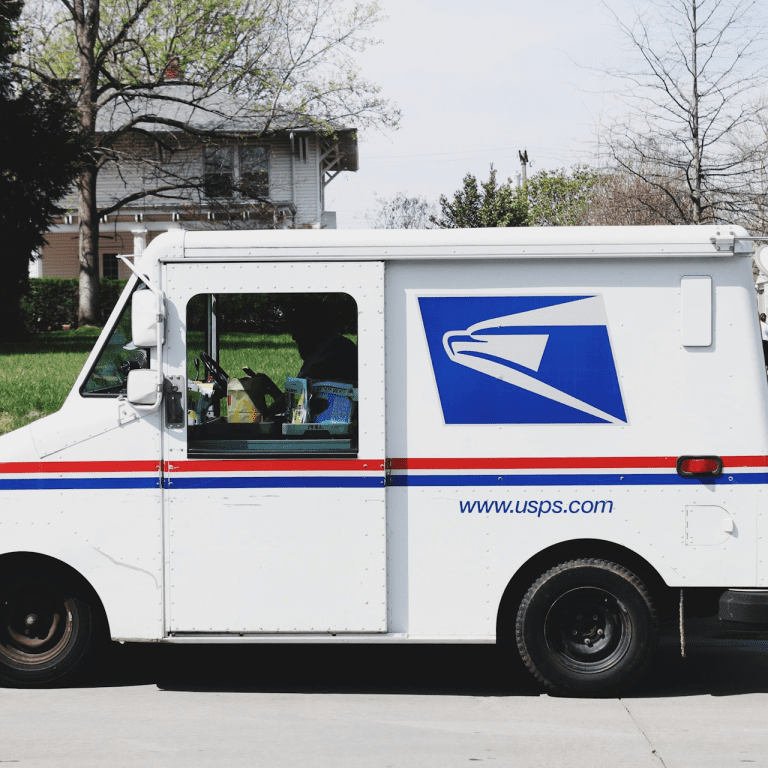Key Takeaways
-
While a copay under PSHB might seem simple and predictable, it rarely represents the full financial picture of your doctor’s visit in 2025.
-
Understanding what falls outside the copay—like lab tests, follow-ups, or coinsurance—can help you anticipate your actual out-of-pocket costs.
Copays Are Only Part of the Story
If you’re enrolled in the Postal Service Health Benefits (PSHB) Program, you may already be familiar with the concept of a copayment: a flat fee you pay upfront for a doctor’s visit. But what many postal workers and retirees overlook is that this fee only covers a portion of the services rendered. In 2025, knowing what your copay does not include is just as important as knowing what it does.
A copay typically applies only to the office visit itself. For example:
-
Primary care visits may carry a set copay, usually payable at the time of service.
-
Specialist visits often require a higher copay.
-
Urgent care or emergency room visits typically come with even steeper copays.
However, additional services performed during your visit—like imaging, injections, lab work, or follow-up care—are not included in the copay. These may fall under coinsurance, deductibles, or even non-covered charges, depending on your plan.
What a 2025 PSHB Copay Usually Covers
Your copay generally includes:
-
The time spent with your physician or specialist for evaluation.
-
Basic consultation or management of an ongoing condition.
-
Any general advice or prescriptions issued during the visit.
But it doesn’t usually include:
-
Diagnostic testing (like X-rays or MRIs)
-
Lab work (like blood tests)
-
Vaccinations or injections
-
Minor procedures performed in the office
-
Extended consultations or second opinions
Even within an in-network provider’s office, these additional services may carry charges that are subject to other forms of cost-sharing.
The Role of Your Deductible
Every PSHB plan includes an annual deductible, which is the amount you pay out-of-pocket before your insurance begins to pay a share. If you haven’t met your deductible yet, the cost of diagnostic tests or treatment done during your appointment may be your full responsibility, even if you’ve paid a copay.
In 2025, low-deductible PSHB plans usually range from $350 to $600 for Self Only coverage. High-deductible plans can run between $1,500 and $2,000 or more. If your plan leans toward the higher end, that small copay may feel misleading when additional services are involved.
Coinsurance Still Applies
Once your deductible is met, many PSHB plans shift to a coinsurance model for services beyond the visit. This means you pay a percentage of the allowed cost, typically 10% to 30% for in-network providers.
Let’s say your physician recommends a same-day lab test or minor procedure. Even though you’ve paid your $30 or $40 copay for the appointment, you might still owe hundreds more depending on the nature of the service and how your plan splits the cost.
Coinsurance especially applies to:
-
Imaging services
-
Physical therapy
-
Surgical consultations
-
Allergy treatments
-
Mental health sessions beyond the first few covered visits
This means you can’t judge your total cost based on your copay alone.
Understanding Out-of-Pocket Maximums
Each PSHB plan in 2025 sets an annual out-of-pocket maximum. Once you reach this limit through deductibles, copays, and coinsurance, your plan covers 100% of eligible services for the remainder of the year.
-
Self Only coverage typically caps at $7,500 in-network.
-
Self Plus One and Self and Family options cap at around $15,000 in-network.
These caps can feel reassuring—but reaching them means you’ve already spent thousands out-of-pocket. It’s important to understand how your typical doctor visits contribute to that tally.
Additional Factors That Drive Up Costs
Several hidden variables can turn a straightforward doctor’s visit into a costly surprise:
1. Out-of-Network Charges
If you visit a provider who isn’t in your PSHB network—even unknowingly—you may face higher copays, higher coinsurance, and a separate out-of-network deductible. In some cases, there may be no cost-sharing cap for out-of-network services.
2. Facility Fees
Certain clinics or outpatient centers charge facility fees—additional charges for the use of their space and equipment. These are separate from your doctor’s bill and not usually included in your copay.
3. Follow-Up Care
Some follow-up visits, especially those involving specialists, are not covered under your initial copay. They may be billed separately or require their own copay, especially if additional tests or evaluations are involved.
4. Separate Billing From Labs
Your doctor may send lab samples to an off-site facility. These facilities bill separately, and their charges fall under different cost-sharing rules. Even if your visit was in-network, the lab might not be.
Why This Matters More in 2025
The PSHB program is still in its early stages following the transition from FEHB. Many enrollees are learning that the structure and terminology may look familiar—but the way costs are incurred feels different.
-
Copay clarity has become more critical as plans separate services into more nuanced categories.
-
Medical inflation means diagnostic and specialist services can rack up bills faster than in previous years.
-
medicare coordination for eligible retirees can also complicate how copays apply, especially when services are billed across PSHB and Medicare Part B.
How to Prepare for Your Next Visit
Going to the doctor shouldn’t require a financial strategy session—but in 2025, it helps. Here are a few smart steps to reduce surprises:
-
Call ahead to ask what’s included in the copay and what’s likely to trigger additional charges.
-
Confirm network status for your doctor and any testing centers involved.
-
Review your deductible status before scheduling non-emergency care.
-
Ask for cost estimates for common procedures or tests that may occur during the visit.
-
Check for coordination rules if you’re enrolled in both Medicare Part B and PSHB.
When the Copay Is Worth It—and When It Isn’t
A standard copay can offer peace of mind for routine care—but it shouldn’t be confused with a cost ceiling. If your doctor’s visit is likely to lead to additional testing or specialist referrals, your financial responsibility will grow accordingly.
Situations where the copay tends to be worth it:
-
Preventive visits covered in full under your plan
-
Simple follow-ups without procedures
-
Single-issue consultations with no labs required
Situations where the copay may mislead you:
-
Annual checkups that evolve into multiple tests or referrals
-
Unexpected diagnoses requiring same-day scans or blood work
-
Visits involving behavioral health or physical therapy referrals
Understanding these nuances ensures that you don’t view your copay as a fixed price tag, but as just one part of a larger bill.
It’s Not Just About the Price—It’s About Control
You’re not just paying for healthcare—you’re paying for predictability. The more you understand what falls under your copay versus what doesn’t, the more control you have over your healthcare expenses.
In the evolving PSHB system, being proactive is the only way to avoid unexpected costs that sneak in under the radar.
Ready to Get Clarity on Your Plan?
Doctor visits under PSHB aren’t always as simple as they look. With copays that only tell part of the story, it’s worth making sure you fully understand how your benefits work—and where your money goes.
If you’re uncertain about how your plan handles out-of-pocket costs, or you’re comparing plan options during Open Season, reach out to a licensed insurance agent listed on this website to walk you through the details.










